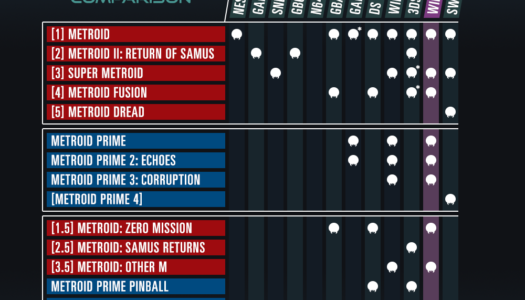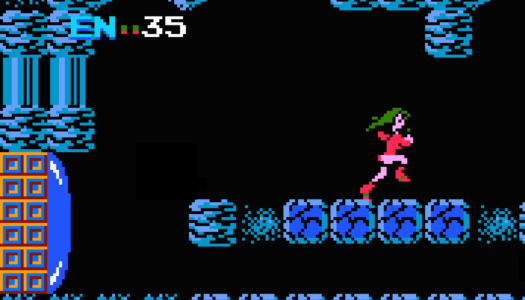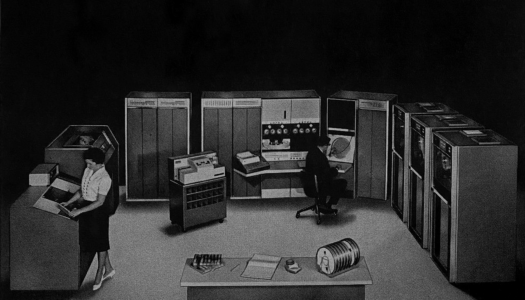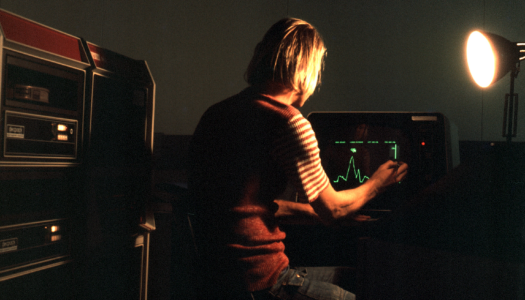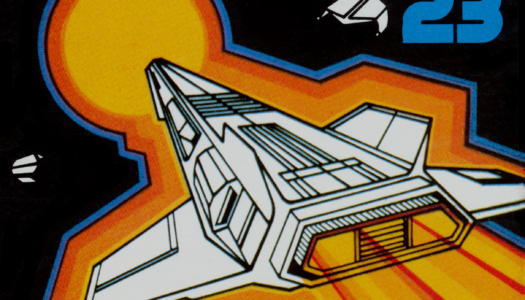Beyond Good & Evil HD

Publisher: Ubisoft / Developer: Ubisoft Montpellier, Ubisoft Shanghai (HD) / Platform: PSN, XBLA
Every console generation, it seems that there are always a few fantastic games that fly under the radar of the majority of gamers upon initial release, only to become well regarded among gamers sometime later as its reputation is built up via word of mouth.
What makes Beyond Good & Evil different than many of these cult classics is that it hasn’t been completely dismissed by its publisher after being initially deemed a commercial disappointment. A sequel has been in development off and on, and it appears Beyond Good & Evil HD could be Ubisoft testing to see how much interest there might be in a new installment.
You play as Jade, a photojournalist who is also good with a bo staff. She lives in a lighthouse on a small planet called Hillys, in a universe where casual space travel is possible (though not inexpensive), and where it’s not uncommon for various alien species to look like humanoid versions of animals. Staying with Jade is her foster uncle Pey’j (pronounced “Page”), who resembles a humanoid pig and is good with gadgets.
As the story begins, Jade and Pey’j have opened up their home to orphaned children whose parents have mysteriously disappeared during attacks by the DomZ, an alien race engaged in a war with Hillys. Unfortunately, the two have been having trouble paying the bills—that is, until a couple photojournalist jobs fall right into Jade’s lap. Soon she finds herself wrapped up in uncovering a conspiracy plot, using her camera and a little stealth to try and bring it down.
The first half of the game plays a little like a third-person version of Metroid Prime, wandering caves while fighting large insectoid enemies, which you also catalog using your camera. The main differences being that you’re not wearing a big suit of armor, you have a bo staff instead of an arm cannon, and you have an A.I. buddy with you to help out.
There are also aspects that remind me of an early form of a Mass Effect style game. Your A.I. buddy has special abilities that Jade doesn’t have (and vice versa), but that you can call on when necessary with the push of a button. After receiving a mission from someone, you travel to that area in your hovercraft. And there are also a handful of side quests to explore, which range from stealthy heist missions to hovercraft races.

Visiting the city.
Unfortunately, there are a few issues that hamper the experience slightly. While the game looks fantastic, with shiny new textures for everything, the game’s code has been essentially left untouched, including all the loading screens. Thankfully, the loading times are pretty short for the most part. But if you’re moving fairly fast through a particular area—like, say, if you’re backtracking to pick up an item you missed—it’s possible to encounter three loading screens in 30 seconds, due to how small the segments a map is broken into can sometimes be.
Though perhaps the most annoying delay is the one you encounter any time you insert an Mdisk into a disk reader, which you have to do any time you want to save your game. Upon selecting an Mdisk from the game menu, it cuts away to show Jade inserting the disk into the machine, rather than just going straight to the Save Game screen. Call me crazy, but I think I could’ve filled in that blank myself.
Another big issue is camera positioning. It’s not as noticeable during the first half of the game, but once you start doing missions that involve sneaking by patrolling guards, where you’ll sometimes die instantly if caught, it becomes a real issue. In tight spaces, the camera won’t go beyond the wall, and so instead zooms in tightly on you, sometimes obscuring what you’re really wanting to see. Also, certain areas of a room will occasionally trigger your camera to quickly zoom off in some direction you weren’t expecting, briefly disorienting you, or worse.
The camera is even worse if you’re someone who usually plays games with y-axis inverted. While it does include the option to invert, doing so also inverts the x-axis as well. There’s no option to adjust the two axes separately, so you’ll essentially have to choose which is going to be the least awkward. And even if you’re completely comfortable playing non-inverted, if you’ve played a lot of flying games where y-axis is usually inverted, you might find yourself running to the Options screen any time you have to fly a ship in the air, then changing it again once you’re back on ground.
There are also some friendly A.I. issues. I was quite surprised at first by how smart Pey’j’s A.I. was, which only made it more disappointing when Double H—the second A.I. buddy you receive—ended up being the standard dumb A.I. character. Granted, it’s established in the story that he’s not always the brightest (he could be classified as a “Knight In Distress”), but that’s no excuse for him to get “stuck” on an obstacle he won’t walk around, or losing a heart from his life bar because he ran right into a loose electrical wire.
The final boss also involves a dramatic rise in difficulty level, which might frustrate some players. It’s not that difficult once you figure out what you’re supposed to do, but I’m not sure how many people would be able to figure out the pattern of the last sections of the battle without a guide.
But those are just the things that keep the game from being perfect. Jade is a likable, tough, fearless character, and the world she inhabits is a fun place to explore. It’s also the perfect antidote to having just finished the hot mess that is Metroid: Other M (review coming soon). I can only hope we see the sequel happen.











